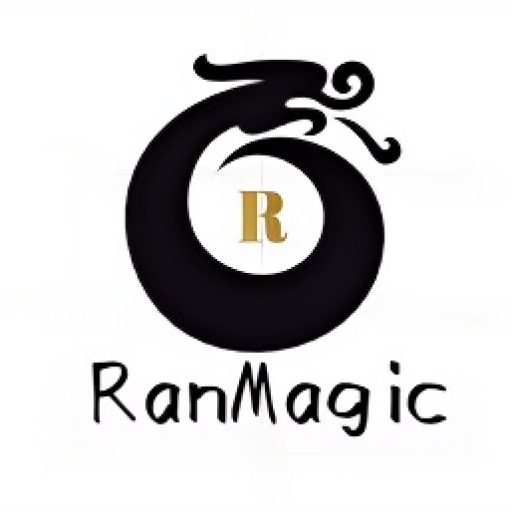
Watchism Effect: The mentalist writes a prediction on the back of one of his business cards, and places it face down on the table. He then borrows a spectator’s watch, and turns the stem until the spectator decides to stop him whenever he wants. Against all odds, the prediction matches perfectly the time which is now indicated on the watch. Preparation: There is no preparation, obviously, the predicted time is forced, but how? Actually, this manoeuvre relies on the same psychological elements underlying the classic force with cards. There are many excellent books discussing the psychology of this force. (ex.: Roberto Giobbi’s Card College Volume 1 Roberto Giobbi, Hermetic Press, Inc., 1996, (page 217) “The Classic Force”.) Presentation: First, you must write the time that you are going to force on the back of one of your business cards, 10:10 for example. This card is then places on the table, prediction side down. You later ask the permission to a spectator to use his watch and to change the time shown on the watch during the course of the following experience. You obviously choose a watch with moving hands, a good solid watch not a frail one. Also, choose a watch which you could remove the hands without difficulties. Certain luxury watches, from Rolex for example, could give you some problems. To force the time, you start by moving the hands in the regular manner, and give the instruction to the spectator to stop you at any time. This instruction must be given approximately 4 hours before reaching the predicted time. Note at this point that the face of the watch is always visible to the spectator and that the latter can actually see the movement of the hands. This contributes greatly in reducing the possible suspicions that the spectators might have. Then, as with the regular classic force with cards, you adjust your rhythm to the one of the assisting spectator, and you watch his reactions intently. Indeed, you are focusing on his face in order to be able to identify as early as possible the moment when he is going to open his mouth to stop you, as per the given instruction. You should be at this point in a position to reach immediately the predicted time at the moment he expresses his intentions, creating therefore the illusion that the stopped at time was freely chosen by the spectator. It only remains to show, after putting much emphasis on the impossibility of such a coincidence, that the chosen time corresponds to the prediction. To conclude give him back his watch and your business card as a souvenir of this experience. Notes: It is relatively easy to force a given time using this technique. However, it is possible to use an out in case of mishap. Imagine that the minutes are not identical with the predicted time. Nevertheless, the hand indicating the hours should be pointing toward
the predicted hour (10 o’clock in our example). In this case, you only have to ask the spectator to note the hour freely chosen. Then you repeat the process with a second spectator, but this time forcing the minutes (10 in our example). It is also possible to readjust slightly the time at which the spectator stopped you when you move the watch closer to him so that he can see the chosen time (but please be subtle when doing this, to avoid cancelling the impact of the demonstration. Also it is worthwhile to note that for this kind of demonstration, it may be just as good and even more believable if the chosen time is very close but not exactly the predicted time (if for example the prediction is 10:10, the chosen time should be around 10:19 or so). It might be a good idea to always force the same time (or similar times), when the audiences differ of course. Indeed, since at the end of the routine you giving away your business card with the prediction, it is very possible that you may receive a phone call from this spectator eventually, and that he might mention during the conversation that he took part in such a demonstration. If such is the case, you can pretend to remember precisely this experience by saying that he chose 10:10 (in our example). This could contribute to your reputation, as well as to personalize the routine. This effect has the notable advantage of being completely impromptu and of being also a very good way to hand your business card. References: The ability to predict times chosen by spectators, or to mentally influence the functioning of watches, is a theme which has been widely used in the past, including such mentalists as Steve Banachek Shaw and Uri Geller. Patrik has previously published a version of this effect in the mentalism newsletter SYZYGY, under the name “Hands Of Time”. Kuffs’ Note: Try this one! Please try it only once and you will like it. It’s bold but so strong!! Thanks
Comments0